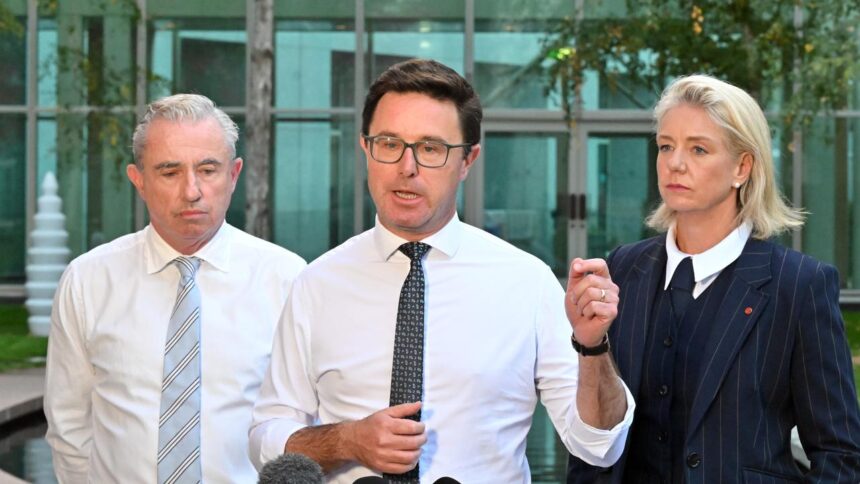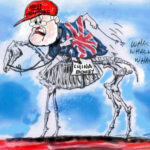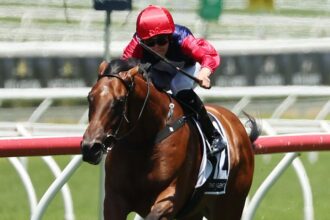Nationals Split from Liberals Over Policy Clashes and Coalition Tensions
The Nationals have officially withdrawn from their long-standing coalition with the Liberal Party, citing irreconcilable differences on core policy directions. Nationals Leader David Littleproud made the announcement in Canberra, stating that his party would now “sit alone on a principled basis”, highlighting the growing divide within Australia’s conservative bloc.
Littleproud emphasized that the decision stemmed from a need to uphold hard-won policy victories and avoid having to renegotiate issues that had already been settled under the previous coalition government. “It’s on a principled position of making sure that those hard-fought wins are maintained and respected and we continue to look forward,” he told reporters.
Nuclear Energy and Regional Funding at the Core of the Rift
At the center of the conflict is the Nationals’ pro-nuclear energy platform, which includes a bold plan to build seven nuclear reactors across the country. The party also aims to defend a multi-billion-dollar regional funding initiative that would allocate $1 billion annually to rural and regional development—both policies negotiated under the prior coalition.
Littleproud’s message was clear: “What we are saying is that what we secured in the former coalition are policies that should remain. We don’t want to have to look back and … re-prosecute the case.” These remarks underline the Nationals’ desire to protect their achievements from being watered down or discarded amid evolving Liberal Party priorities.
Liberal Moderates Push Back on Climate Stance
The split exposes growing ideological tensions, especially on energy and climate policy. Moderate Liberals in urban electorates are advocating for a stronger climate agenda, arguing that renewed environmental credibility is essential to regain voter trust in inner-city seats. This push has put them at odds with the Nationals’ nuclear strategy.
The ideological clash represents more than a policy disagreement—it reflects two different visions for the future of the conservative movement in Australia. While the Nationals double down on their rural base, the Liberals are trying to recover urban ground after a devastating defeat in the May 3 federal election.
Sussan Ley Faces Uphill Battle in Rebuilding Liberal Identity
Opposition Leader Sussan Ley now confronts the challenge of rebuilding a fractured Liberal Party, doing so without its traditional partner. The Nationals’ withdrawal forces a realignment, leaving Ley to redefine the party’s platform and strategy amid internal discord and a changing voter base.
Despite the abrupt end to the coalition, Littleproud left the door open for future cooperation—under certain conditions. “They are going on a journey of rediscovery,” he said of the Liberals, “and this will provide them the opportunity to do that without the spectre of the National Party imposing their will.”
His statement suggests that while the Nationals are stepping back, they intend to remain influential in future negotiations, particularly if their non-negotiable principles—nuclear energy and regional equity—are respected.
A Defining Moment for Conservative Politics in Australia
This strategic withdrawal by the Nationals comes at a pivotal time for Australian politics, where climate change, rural development, and national identity are front and center. Both conservative parties now face the pressure of redefining themselves independently while navigating public expectations ahead of the next federal election.
Under Littleproud’s leadership, the Nationals are signaling a firm stance: their policy wins and rural priorities will not be compromised, coalition or not. Whether this bold pivot earns them stronger loyalty or leaves them politically isolated will depend on how voters and political players react in the coming months.






